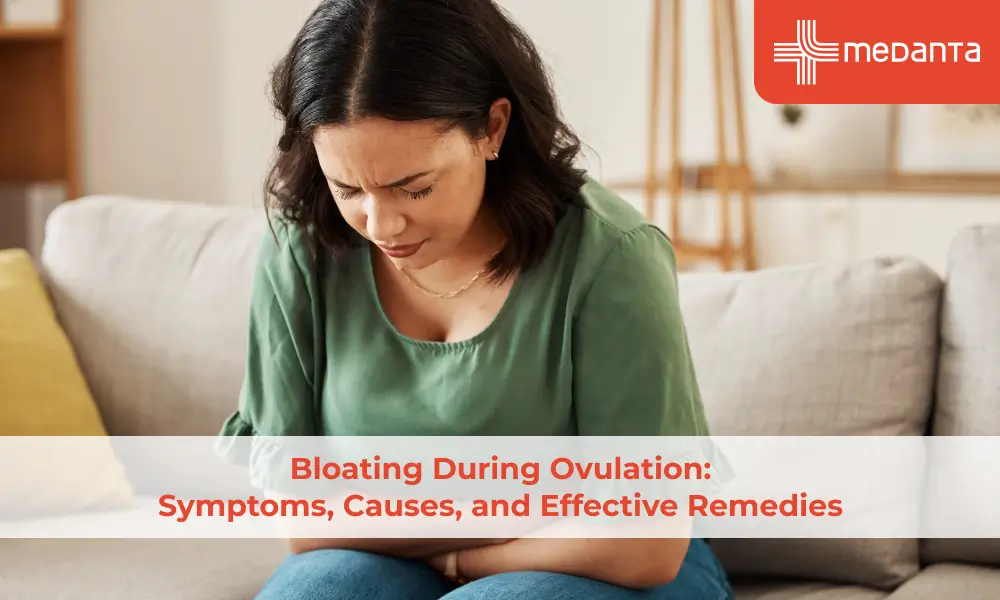Treatments That Can Manage Acute Pancreatitis - Surgical and Nonsurgical Options
Acute pancreatitis is a serious medical condition characterized by inflammation of the pancreas. Timely and appropriate treatment is crucial for managing this condition effectively and preventing severe complications. In this blog, we'll explore the various acute pancreatitis treatment options available, including both surgical and non-surgical approaches. Additionally, we will delve into the acute pancreatitis symptoms and acute pancreatitis causes to provide a comprehensive understanding of this condition and its management.
Understanding Acute Pancreatitis
A. Definition and Acute Pancreatitis Symptoms
Acute pancreatitis is the sudden inflammation of the pancreas, a gland located behind the stomach. It can range from mild to severe, with the latter requiring immediate medical attention. Here are the most common acute pancreatitis symptoms:
- Severe abdominal pain: The pain is usually present in the upper abdomen and can radiate to the back or shoulder. It is often described as a constant, sharp, or stabbing pain.
- Nausea and vomiting: Individuals with acute pancreatitis may experience persistent nausea and vomiting, which can contribute to dehydration and electrolyte imbalances.
- Fever: An elevated body temperature may be present due to the inflammation and possible infection in the pancreas.
- Rapid pulse: The heart rate may be increased as a response to the inflammation and pain.
- Abdominal tenderness: The abdomen may be sensitive to touch and feel tender when pressure is applied.
B. Acute Pancreatitis Causes and Risk Factors
Understanding the underlying causes and risk factors associated with acute pancreatitis is crucial for effective acute pancreatitis treatment. The primary causes of acute pancreatitis include:
- Gallstones: Gallstones can obstruct the pancreatic duct, leading to the accumulation of digestive enzymes within the pancreas. This obstruction causes inflammation and can trigger acute pancreatitis.
- Alcohol consumption: Alcoholism can damage pancreatic tissue оvеr tіmе and cause inflammation by damaging the organ's tissues.
- Trauma or injury to the pancreas: Physical trauma, such as a blow to the abdomen dіrеctly or a surgical іnjury, can also result іn acute pancrеatіtis.
- Medications: Somе drugs, including some antibiotics, diuretics, and іmmunosupprеssants, have been lіnked to acute pancreatitis.
Additionally, several risk factors can increase the likelihood of developing acute pancreatitis, including:
- Obesity: Too much body weight increases the risk of developing gallstones and can contribute to pancreatitis.
- Previous history of pancreatitis: Individuals who have experienced previous episodes of acute pancreatitis are at higher risk of recurrence.
- Hypertriglyceridemia: High levels of triglycerides in your blood can increase the risk of acute pancreatitis.
Non-Surgical Treatment Options for Acute Pancreatitis
A. Medical Management
Non-surgical treatment options are typically employed for mild to moderate cases of acute pancreatitis. The primary goals of medical management are to alleviate symptoms, support nutritional needs, and prevent complications. Key components of medical management include:
- Pain management: Severe abdominal pain is a hallmark symptom of acute pancreatitis. Pain relief is achieved through the administration of analgesics, such as opioids, to alleviate discomfort and improve the patient's quality of life.
- Fluid and electrolyte replacement: Intravenous fluids are administered to maintain proper hydration and restore electrolyte balance, as individuals with acute pancreatitis may experience dehydration and imbalances due to vomiting and decreased oral intake.
- Nutritional support: In cases where oral intake is not feasible, enteral, or parenteral nutrition may be provided to ensure adequate nutrition and promote healing of the inflamed pancreas. Nutritional support is crucial for preventing malnutrition and promoting recovery.
B. Pharmacological Therapies
Pharmacological interventions are utilised to manage acute pancreatitis effectively. The following medications are commonly prescribed:
- Antibiotics: In cases of infected pancreatic necrosis or abscesses, antibiotics are administered to treat the underlying infection and prevent its spread. These medications are carefully selected based on the specific pathogens involved.
Surgical Acute Pancreatitis Treatment Options
A. Indications for Surgery
Surgical intervention becomes necessary in specific cases of acute pancreatitis when complications arise, or conservative management fails to provide adequate relief. Indications for surgery may include:
- Complications: In cases of infected pancreatic necrosis or abscesses, surgical intervention is required to remove the infected tissue and prevent further complications.
B. Surgical Procedures
Different surgical options are available for managing acute pancreatitis, depending on the specific situation, and underlying acute pancreatitis causes. The following surgical procedures may be performed:
- Pancreatic necrosectomy: This procedure involves the removal of dead or infected pancreatic tissue to stop the spread of infection and lessen the risk of further complications. It is typically performed in cases of severe necrotizing pancreatitis.
- Endoscopic procedures: Endoscopic retrograde cholangiopancreatography (ERCP), sphincterotomy, or stent placement may be performed to address blockages in the pancreatic or biliary ducts, which can contribute to acute pancreatitis. ERCP allows for diagnostic and therapeutic interventions by accessing the pancreatic and bile ducts through an endoscope. Pancreatic collections in close relation to the stomach can also be handled endoscopically.
- Gallbladder removal (cholecystectomy): If gallstones are the underlying cause of acute pancreatitis, cholecystectomy may be recommended to prevent future episodes. This procedure involves removing the gallbladder, eliminating the source of potential obstructions in the pancreatic duct. In patients who develop mild acute pancreatitis because of gallstones, surgery during the same admission is recommended. In patients with moderate or severe acute pancreatitis, cholecystectomy is recommended 4-6 weeks after recovery from pancreatitis.
Conclusion
Managing acute pancreatitis requires a comprehensive approach that considers the severity of the condition, underlying acute pancreatitis causes, and associated complications. Acute pancreatitis treatment options, including pain management, fluid and electrolyte replacement, and pharmacological therapies, play a crucial role in the initial management of acute pancreatitis.
Surgical interventions, such as pancreatic necrosectomy, endoscopic procedures, and cholecystectomy, are employed in cases with severe complications or when conservative measures are insufficient.
Prompt diagnosis, early medical attention, and a multidisciplinary approach involving healthcare professionals from various specialties are essential for optimal outcomes in the management of acute pancreatitis.
If you experience acute pancreatitis symptoms, seek prompt medical attention from a super specialty hospital immediately!






